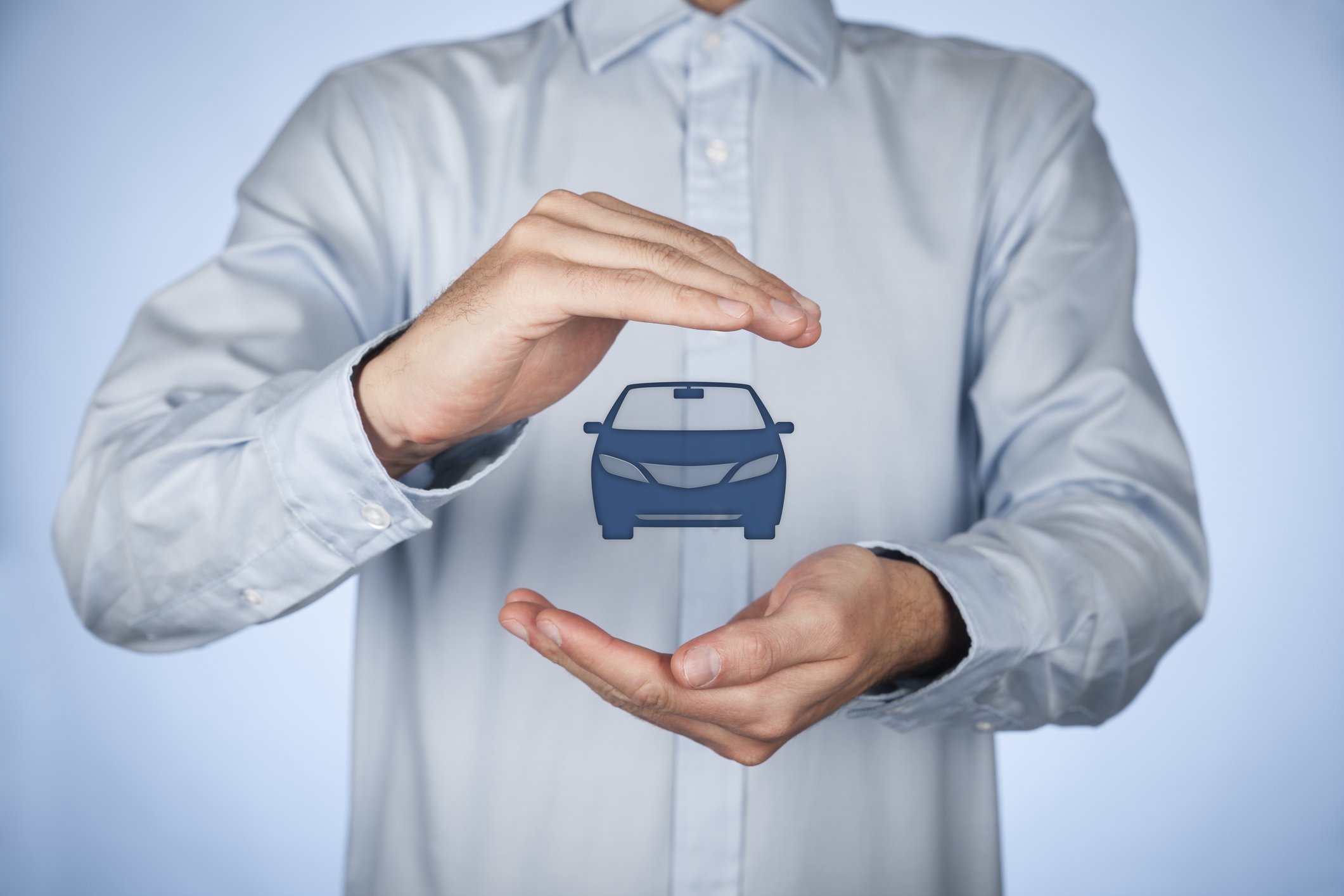 You may have heard the term ‘direct repair program’ or ‘DRP’ thrown around if you’ve spent any time in or around repair shops. So, what is a DRP? What does it mean to send repair your car with a shop that participates in a direct repair program? We’ve answered some of the most common consumer questions about DRPs.
You may have heard the term ‘direct repair program’ or ‘DRP’ thrown around if you’ve spent any time in or around repair shops. So, what is a DRP? What does it mean to send repair your car with a shop that participates in a direct repair program? We’ve answered some of the most common consumer questions about DRPs.
What is a Direct Repair Program?
A DRP is a program that an auto insurance company has. The program includes a network of approved repair facilities and body shops that meet a set of standards or guidelines set by the insurance company. In exchange, the insurance company suggests that certain cars are repaired at these approved shops.
What standards does a DRP have?
In order to participate in a direct repair program, the insurance company sets standards that the repair shops must meet. Usually, these standards include fast service and inexpensive repairs. There is generally a set of rules for repairs that the repair shop follows, and the insurance company has agreed to pay for repairs that follow these rules.
Why do DRPs exist?
The intention of a DRP is to provide fast, quality service, and to keep costs low.
Do I have to use a DRP shop?
No. Insurance companies are not legally allowed to send you to a specific repair shop – this illegal process is called steering. You can repair your car at any repair shop. There are advantages and disadvantages to a DRP shop.
What are the advantages of repairing my vehicle at a DRP repair shop?
Many DRP shops offer lifetime guarantees on repairs like paint and craftsmanship. It should also be very clear what the insurance company will pay for up front.
What is the deal with DRPs and aftermarket vs OEM parts?
OEM parts are car parts made by the original equipment manufacturer (OEM), which is the same company or factory that produced the parts your car was made with when it was new.
Aftermarket parts are parts made by someone other than the original equipment manufacturer. Usually, this is another company that only produces car parts for the sake of repairs.
There are advantages and disadvantages to both, regarding variances in cost, quality, safety, and vehicle value. One is not necessarily better than the other, and you may prefer to use some OEM parts and some aftermarket parts.
Insurance companies cannot require you to use either kind of repair part on your vehicle; the choice is one you can make with your repair technician. However, if you don’t ask which parts are being used to repair your vehicle, the insurance company may suggest to the shop which part to use.



